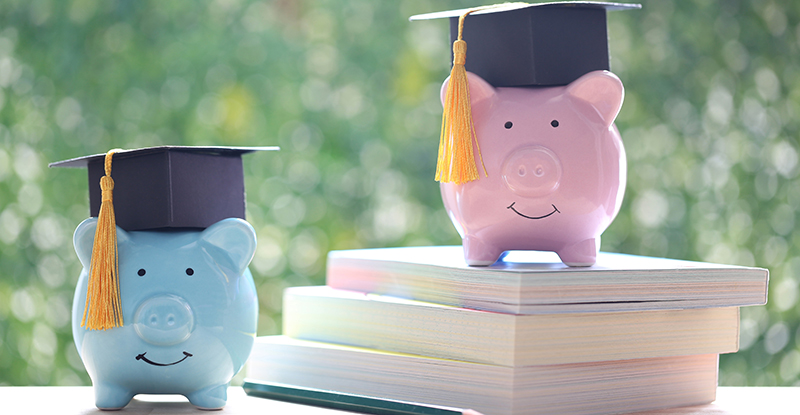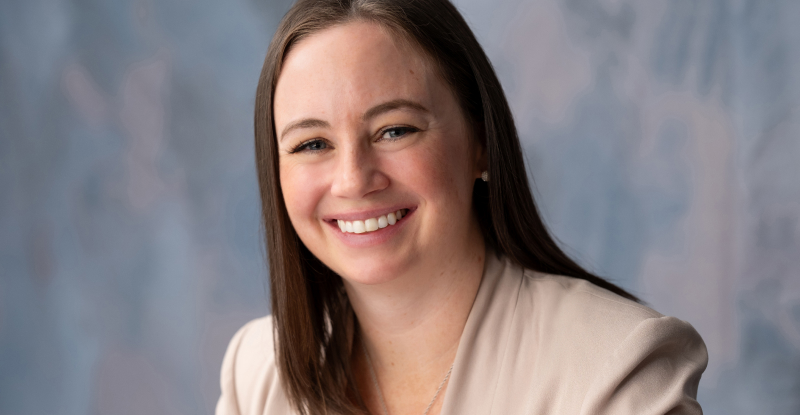
If you’re between 15-17 or know someone that age who would benefit from learning how to make good financial decisions in high school and beyond, check out the free Money Basics for Teens presentation on August 24th in Richmond, BC, led by Christine Woodington, CPA, CGA
The session will cover budgeting, debt, financial goal setting, student loans, and much more. RSVP to save a spot.
Graduating from high school is one of the greatest milestones in life. Very rarely will you have as many exciting opportunities ahead of you than in this moment – and obtaining a post-secondary education is often key to unlocking these opportunities. While there are financial costs to post-secondary education, there is also a lot of financial assistance available.
Since the world needs educated, skilled, young talent, organizations ranging from government to private businesses offer education funding. But did you know that some of this funding doesn’t even get used? This is because students aren’t always aware of all the funding options they could be eligible for. This article will explain the types of available funding and how to find them.
Ideally, your parents will have a savings fund set aside for you, but oftentimes this will not be enough to cover everything. Luckily, there are three main types of education funding available:
- Scholarships and bursaries
- Student loans
- Student lines of credit
- Canada Learning Bond
Scholarships, bursaries, and awards
Scholarships, bursaries, and awards can come from academic and private institutions, and do not have to be repaid. Scholarships are typically granted to students who have been thriving academically. Bursaries are financial assistance given to students based on financial need. And awards are for those demonstrating merit in various areas outside of their core academics, such as a student who has excelled in music, athletics, or dance.
Visit Scholarships Canada and StudentAidBC; speak to your high school counsellor; and contact the financial aid office of the post-secondary institution(s) you are interested in attending to see what scholarships, bursaries, and awards you may qualify for.
Student loans
A student loan is a loan provided by the government (federal and/or provincial), intended to pay for post-secondary costs including tuition, books, and living expenses. The amount of money you qualify for will depend on factors such as you and your family’s financial situation and educational costs.
Student loans are normally recognized as “good debt”, because they are an investment in your education and future. You typically won’t have to pay interest on your student loan until six months after you’ve left full-time studies – whether or not you have graduated. You will usually have the option of paying back your student loans over a period of many years, but it is recommended to pay off your student loans as soon as possible. Like all other loans, not being able to make your payments will hurt your credit rating.
Students are required to apply for student loans through the provincial body that oversees student aid in the province of their residence. If you currently live in BC and will be applying for a student loan, you will want to visit the StudentAidBC site. This is your “one-stop shop” for student loans, even if you plan on attending a post-secondary institution outside of BC or Canada.
On the StudentAidBC site, there is a list where you can find out if your intended post-secondary institution is eligible for student loans, including out-of-province and international schools. Part of the funding you receive through the student loan could be in the forms of scholarships, bursaries, and awards, and you will not have to pay these particular funds back.
StudentAidBC also has information that can help you estimate your educational costs and what your student loan repayment details will look like in the future.
Student line of credit
A student line of credit (LOC) should be considered only if you’ve already applied for the financial assistance mentioned above but have not qualified for enough to cover your costs. LOCs are issued from banks and other financial institutions. LOCs differ from student loans when it comes to repayment terms, qualification requirements, and interest rates. LOCs also often require a co-signer who will be held accountable if you are unable to pay back your LOC. Additionally, LOCs may charge you interest while you are still in school.
Some financial institutions may offer a grace period of a few months after the student leaves full-time studies, during which they are only expected to make payments towards the interest on their LOC, instead of paying back the principal. But these details vary depending on the financial institution. It’s best to be cautious – read the full terms of a student LOC, make sure you understand the requirements and repayment schedule, and always read the fine print.
Canada Learning Bond
The Canada Learning Bond is a new federal government program that provides up to $2,000 in post-secondary funds to individuals aged 18-20. You’re eligible for this if you were born on or after January 1, 2004 and have a Registered Education Savings Plan (RESP). While RESPs are common post-secondary savings funds that parents set up for their kids, anyone can set up a RESP for themselves.
Those eligible for the Canada Learning Bond will receive $500 deposited into their RESP after they apply, plus an additional $100 for every year they have been eligible up until the age of 15. Students must apply for the Canada Learning Bond before they turn 21. Family income is part of the eligibility criteria. More details, including how to apply, can be found on the Government of Canada’s site.
Additional tips
Part-time work is a great way to help finance your education. Try looking for work that offers a flexible schedule. In addition to service jobs in the food and beverage, and retail industry, a lot of contract or “gig” work is available, ranging from walking dogs to creating social media content, digital design, and pieces of writing. Working in the events industry (i.e. for a catering company or a theatre/sports venue) also offers flexible work options. Look for co-op opportunities in your academic program, which allow you to earn money and gain experience while still in school.
Also, as Shakespeare once wrote, “What’s in a name?” Don’t be discouraged if you aren’t attending a big-name post-secondary institution. At the end of the day, most employers are interested in what your credentials are, not where you attained them. Many schools offer similar programs, with the big-name schools often charging the most. Depending on the program you’re studying, some employers will even offer to pay for courses related to your role, so check with your employer if they offer course reimbursements or training allowances.
Regardless of how you fund your post-secondary studies, budgeting will be key to set you up for success throughout your education and beyond. Apps such as You Need a Budget (YNAB) can help you plan and stay on track. As well, the CPA Financial Literacy Program has free resources such as articles, podcasts, and upcoming in-person and virtual sessions that can offer you valuable guidance in managing your money.
Han Shu, CPA, CA is the CFO and COO of D3 Security. She is a volunteer with the CPA financial literacy program.
Christine Woodington, CPA, CGA, is corporate accountant at Coal Island Ltd., a CPABC Ambassador, and volunteer with the CPABC financial literacy program. She has won both the CPABC Member Recognition Award for Distinguished Service, and the CPA Member Ambassador award.
Visit the CPA Financial Literacy Program site to learn more about the program.



